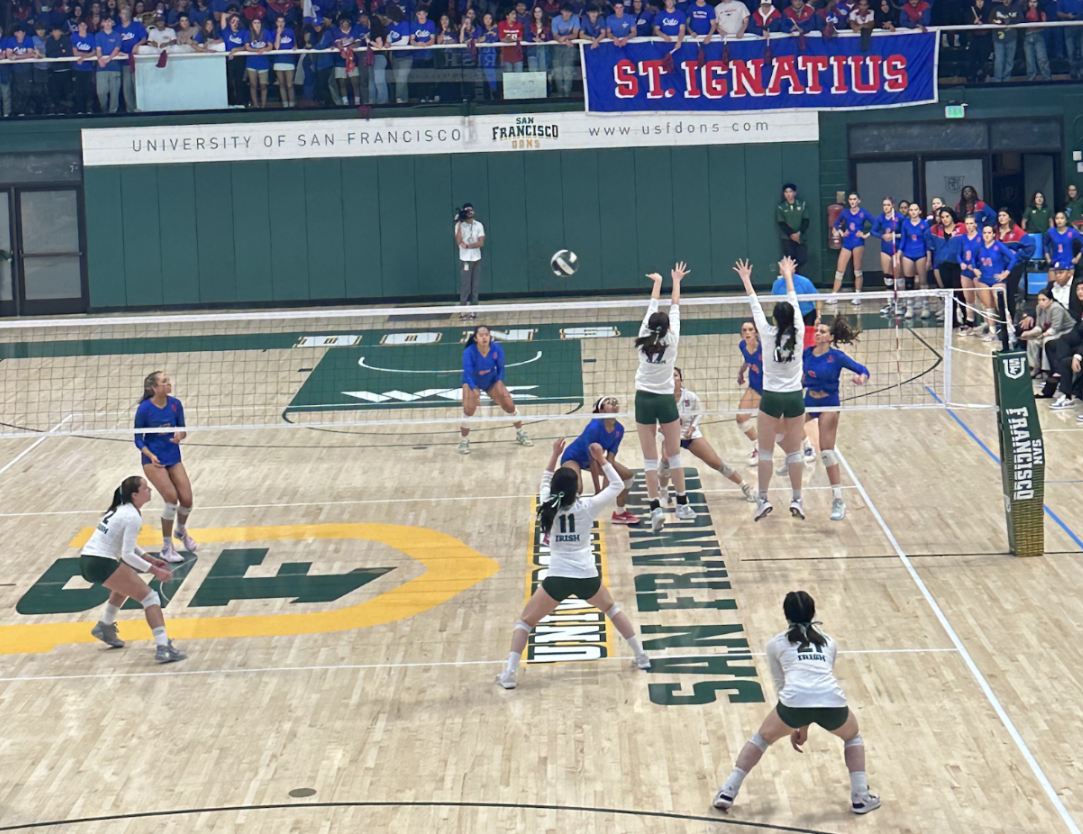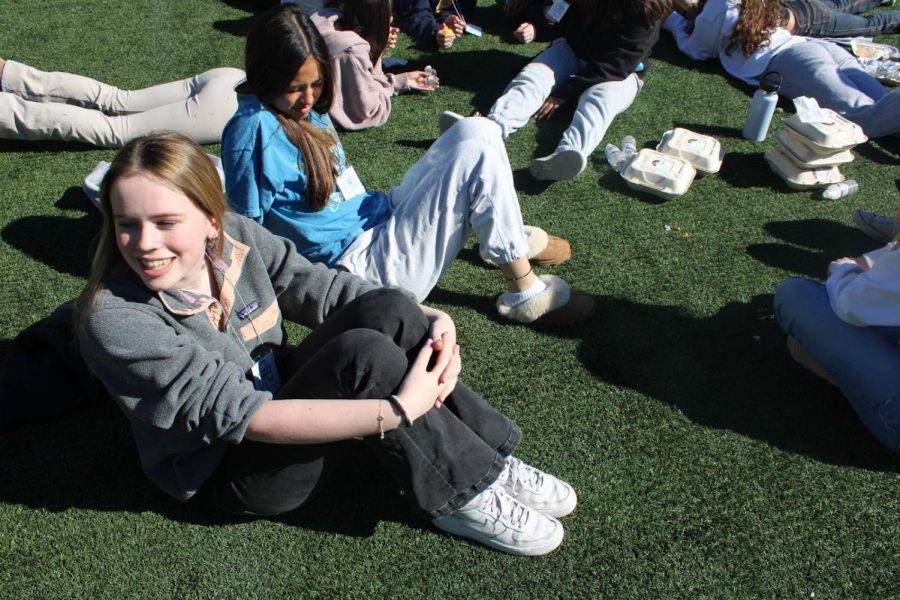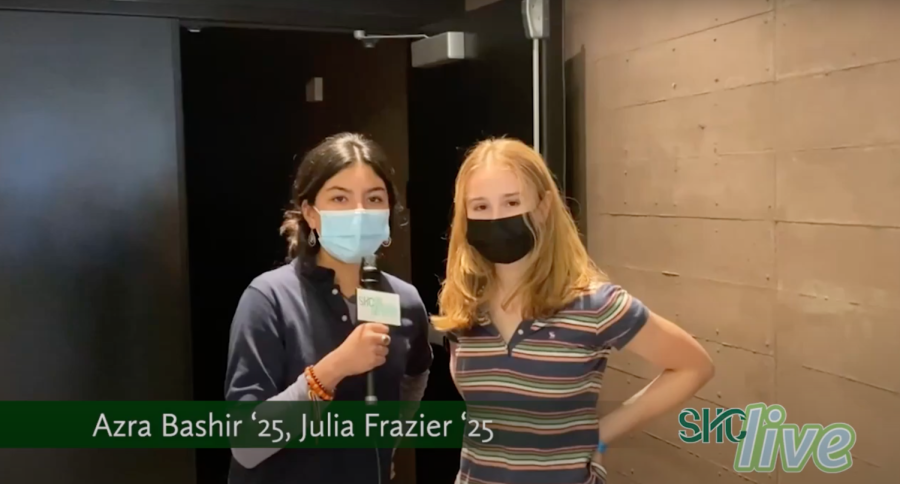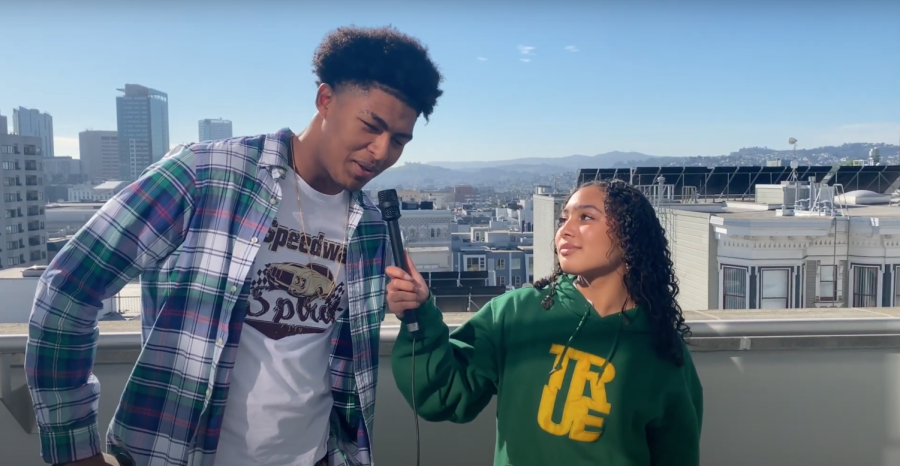Silent romance. Starring Jean Dujardin, Berenice Bejo and John Goodman. Directed by Michel Hazanavicius. (PG-13. 100 minutes.)
In 1926, Warner Brothers released the world’s first “talkie.” Hollywood up until then produced only silent movies. The studios saw no future in the talkie; the world was used to the silent style. But with the release of The Jazz Singer in 1927, the world changed its mind. The talkie exploded, audiences demanded sound, directors learned to use a new medium. But many actors weren’t so enthusiastic.
Imagine you are a Hollywood star in 1926. You are a superb actor and your on-screen expressions are renowned, unmatched. But you have a rather grating voice, unpleasant to the ear, not matching with your handsome or beautiful figure. Fortunately for you, you don’t need your voice to act. Then talkies come along and your once-adoring fans are not so adoring anymore. You’re done for in Hollywood. Such is the story of hundreds of actors in the late 1920s.
After The Jazz Singer, silent movies trickled out of production. Later the world was introduced to color, and black-and-white films followed suit. Today, a black-and-white movie alone is considered outdated, boring, and uninteresting, let alone a silent one.
And yet Warner Brothers’ The Artist, a silent and black-and-white film released last October, is far from any of these things.
Technically it is French, but remember there is no such thing as a foreign film in the silent world. Cast an American, a Spaniard, and a Russian in a movie that takes place in Germany and no one will know the difference.
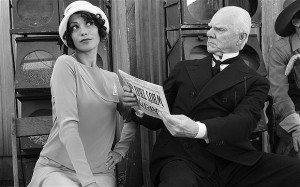 Jean Dujardin plays George Valentin, a silent movie star of the roaring twenties. Like so many others, he struggles to adapt to the world of talkies, while an aspiring young actress, Peppy Miller (Bérénice Bejo), whom he helps to fame, thrives in it. The story itself is simple. It’s the clever humor and quirks within the story that make it so wonderful. A particular detail that attests to the movie’s charm is how Valentin’s wife, obviously unsatisfied with their marriage, often shows her discontent by drawing mustaches on photographs of her husband in fan magazines. And the most lovable character is none other than Valentin’s trusty terrier, who stars with Valentin in all his films.
Jean Dujardin plays George Valentin, a silent movie star of the roaring twenties. Like so many others, he struggles to adapt to the world of talkies, while an aspiring young actress, Peppy Miller (Bérénice Bejo), whom he helps to fame, thrives in it. The story itself is simple. It’s the clever humor and quirks within the story that make it so wonderful. A particular detail that attests to the movie’s charm is how Valentin’s wife, obviously unsatisfied with their marriage, often shows her discontent by drawing mustaches on photographs of her husband in fan magazines. And the most lovable character is none other than Valentin’s trusty terrier, who stars with Valentin in all his films.
Bejo and Dujardin give electric performances, and their natural chemistry is apparent. The relationship between George and Peppy is both emotional and infectiously funny. They lock the viewer to the screen. The experience is so delightful, one soon forgets he is watching a silent film at all.
It’s a pity the old must go out when the new comes in. If only the words “silent,” “black-and-white,” “old,” or “foreign” were not words to fear but to appreciate, more movies like The Artist could be made. It’s a wonder The Artist even made it to theaters, and even more so that it is now being considered for Academy Award nominations in best picture, best actress, best actor, and maybe the dog will even be gunning for best supporting actor. All this recognition is entirely deserved. The director, Michel Hazanavicius, put this movie forward under high risk of failure. Fortunately the raw quality of the film has given it the attention it needed to not just survive but thrive.
I encourage those who may be turned-off by a silent, black-and-white movie, to give The Artist a try. With such an audience-pleasing flavor, it is hard not to like, if given the chance. Likely this critic’s choice for best picture of the year, The Artist has done something that no other film up for nomination has done: it speaks the truth without a word.

